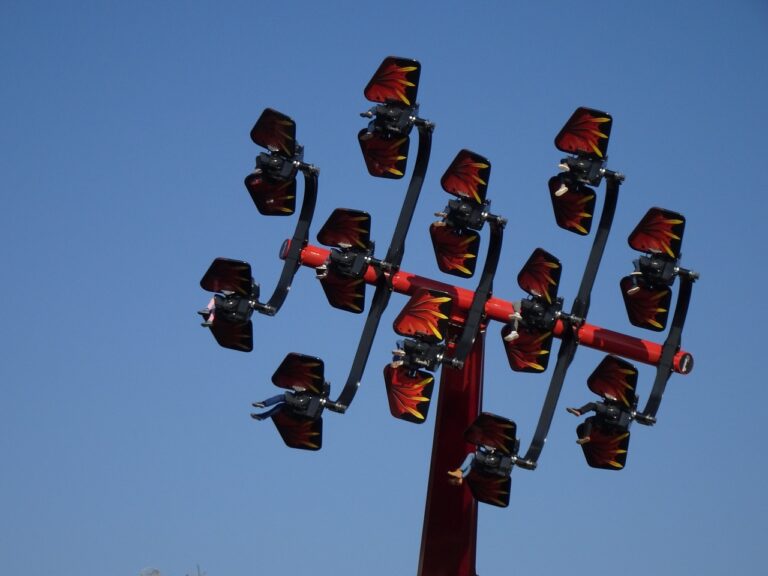The Impact of Virtual Influencers on Fashion Brands: Digital Models and Brand Ambassadors
Virtual influencers are computer-generated characters designed to engage with and influence their audience through social media platforms. These digital personalities are created by skilled animators and are characterized by flawless appearances, trendy fashion styles, and a distinct persona. Despite not being real individuals, virtual influencers have amassed a significant following and wield considerable influence over their followers.
One of the defining features of virtual influencers is their ability to showcase an idealized lifestyle that resonates with their audience. From luxury vacations to exclusive events, these digital avatars curate a carefully crafted online presence that blurs the line between reality and fantasy. By leveraging advanced technology and social media savvy, virtual influencers have carved out a unique niche in the world of social media marketing and brand partnerships.
Virtual Influencers vs Human Influencers: A Comparison
Virtual influencers have gained popularity in recent years on social media platforms, presenting a unique blend of artificial intelligence and creativity. These digital personas are entirely fabricated but often seem remarkably human-like in their interactions and social media presence. Their ability to engage with audiences on a personal level while maintaining a flawless appearance has sparked debate about the future of influencer marketing.
On the other hand, human influencers bring authenticity and genuine emotions to their content, which can establish a deeper connection with their followers. Their real-life experiences and opinions resonate with audiences, making them more relatable and trustworthy brand ambassadors. Human influencers often showcase their imperfections and vulnerabilities, creating a sense of authenticity that virtual influencers struggle to replicate.
What are virtual influencers?
Virtual influencers are computer-generated characters or avatars who are designed to look and act like real people. They are used in social media marketing campaigns to promote products and engage with followers.
How do virtual influencers differ from human influencers?
Virtual influencers are not real people, but rather computer-generated characters. They are able to maintain a consistent online presence 24/7 and can be programmed to interact with followers in a specific way. Human influencers, on the other hand, are real individuals who share their opinions, experiences, and recommendations with their followers.
Are virtual influencers more effective than human influencers?
It depends on the goals of the marketing campaign. Virtual influencers can be more cost-effective and easier to control, but they may lack the authenticity and personal connection that human influencers can provide. Ultimately, the effectiveness of each type of influencer will vary based on the target audience and the specific campaign objectives.
Can virtual influencers replace human influencers in the future?
While virtual influencers are gaining popularity in the world of social media marketing, it is unlikely that they will completely replace human influencers. Human influencers bring a level of authenticity and relatability that virtual influencers may struggle to match. Additionally, many consumers value the personal connections they have with human influencers and may be wary of fully embracing virtual influencers.
How can brands decide whether to work with virtual influencers or human influencers?
Brands should consider their target audience, campaign objectives, budget, and overall brand image when deciding whether to work with virtual influencers or human influencers. Virtual influencers may be better suited for campaigns targeting younger, tech-savvy audiences, while human influencers may be more effective for campaigns focused on authenticity and personal connection. It is important for brands to carefully evaluate their options and choose the influencer type that best aligns with their goals.





